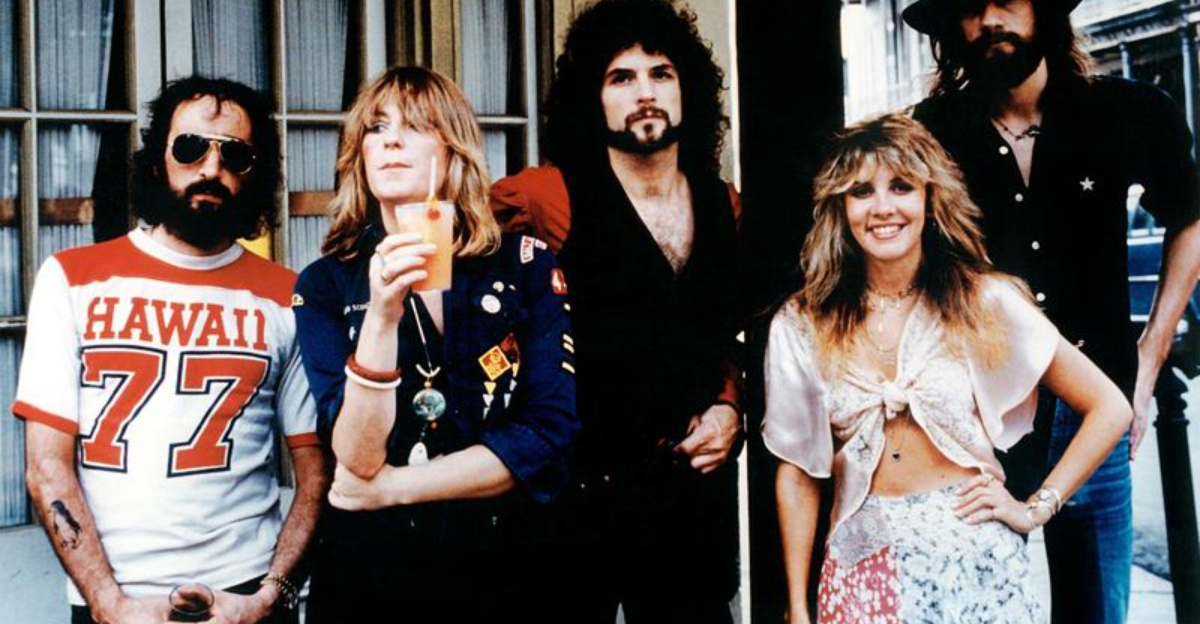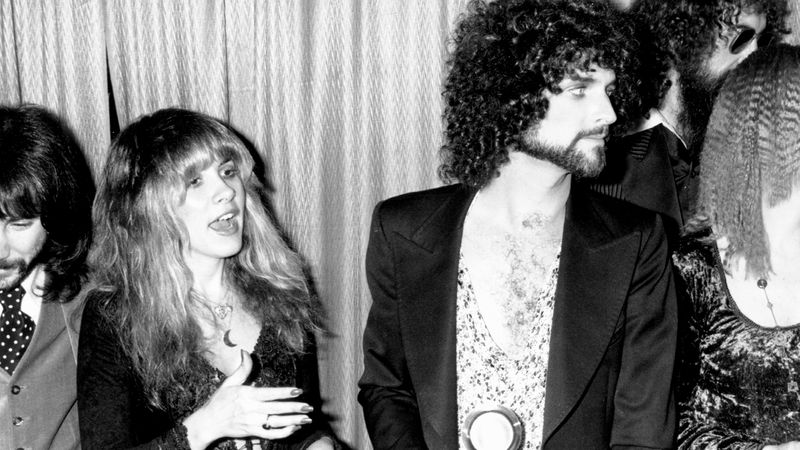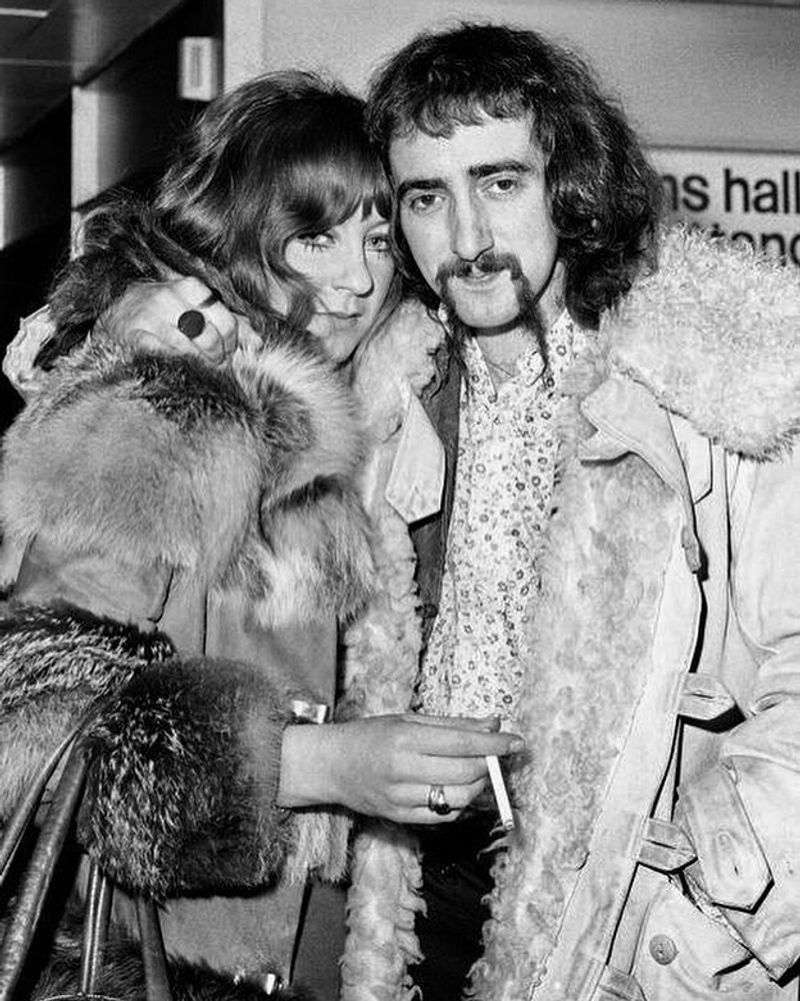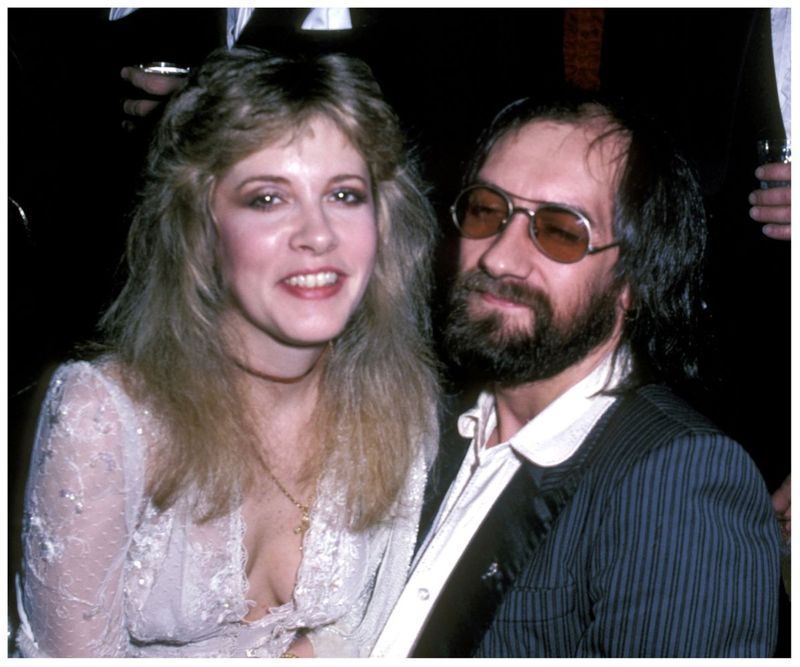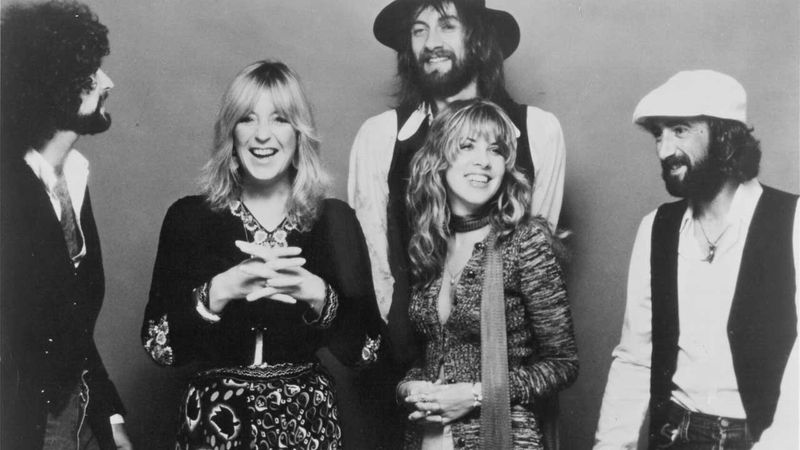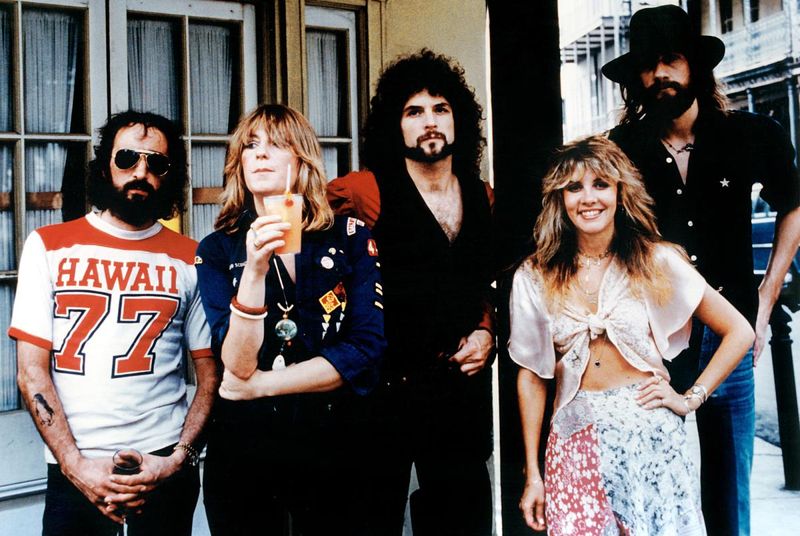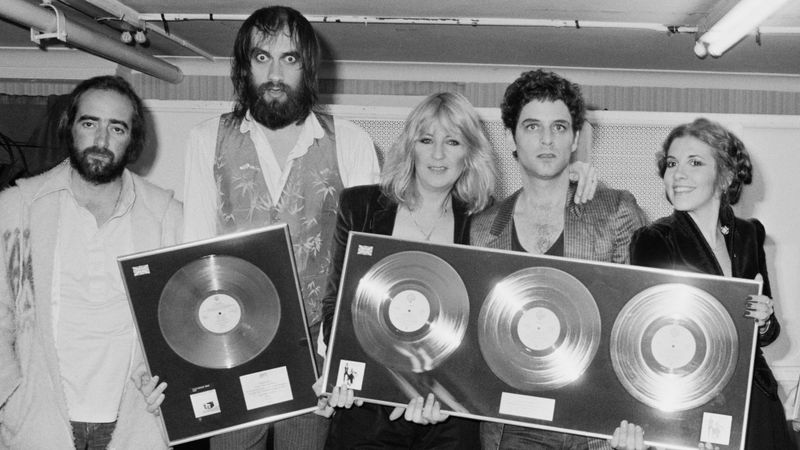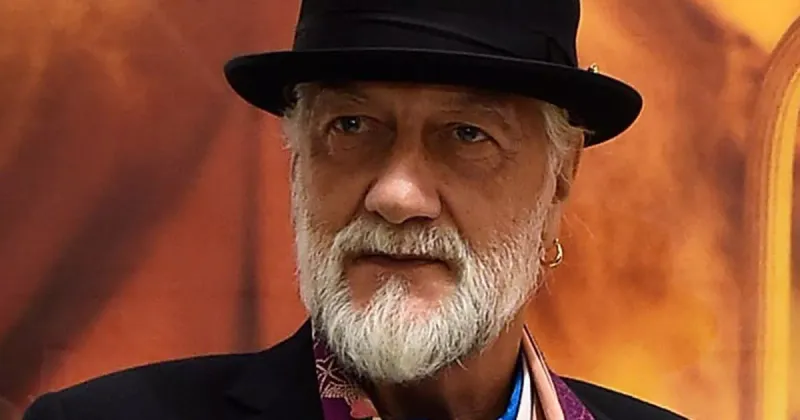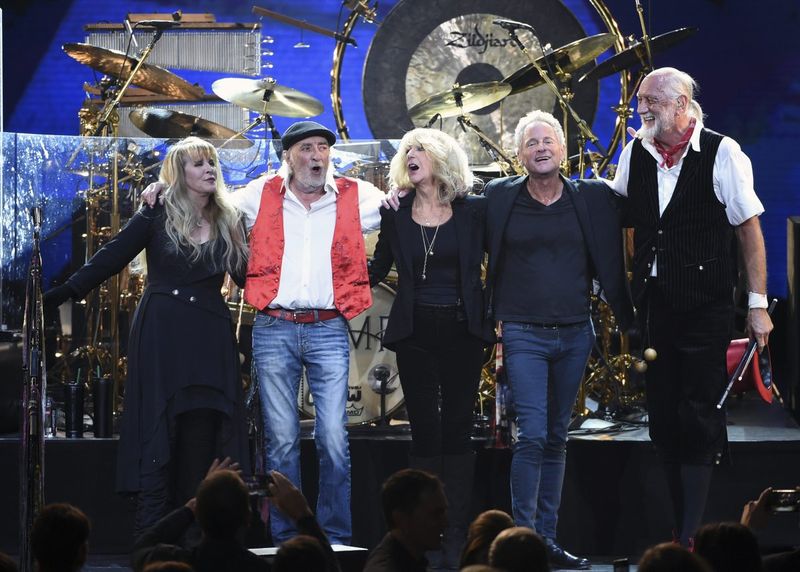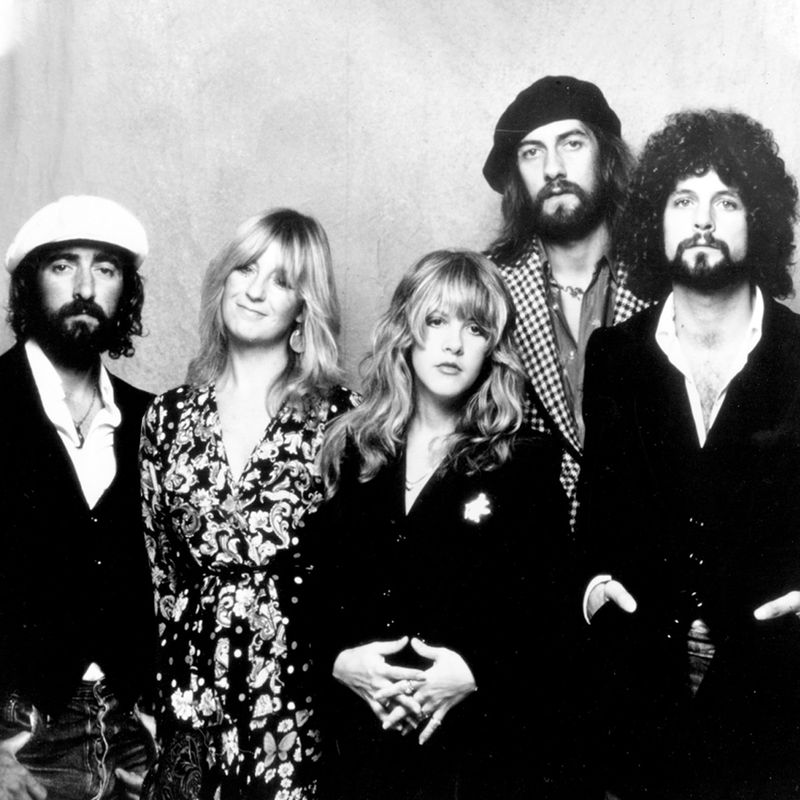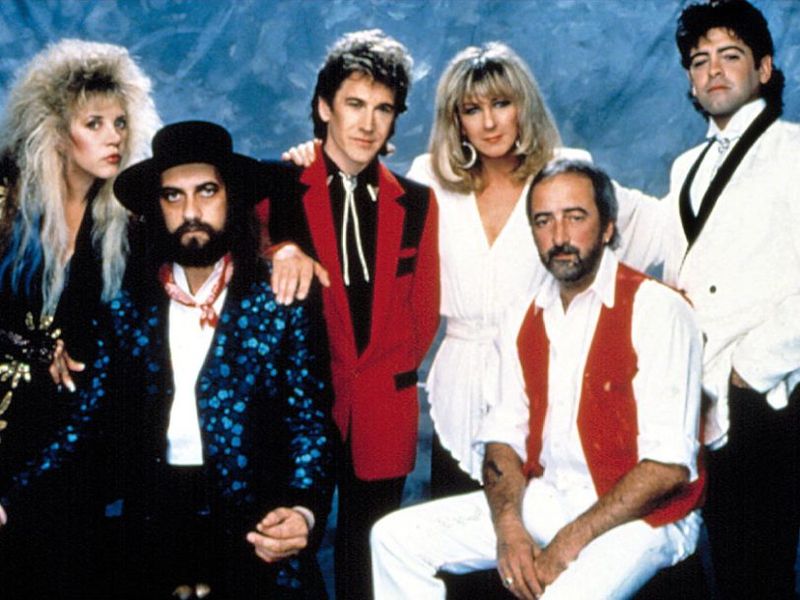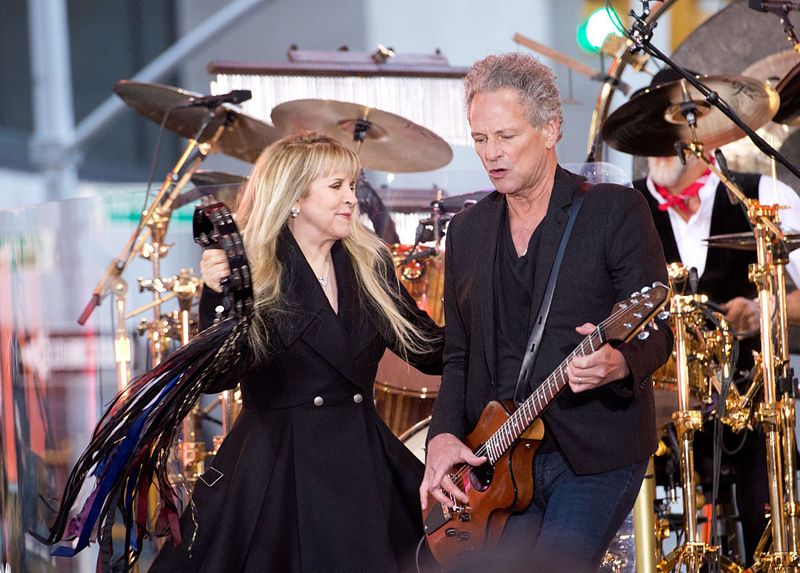Fleetwood Mac may be known for crafting some of the most iconic songs in rock history, but behind the scenes, their personal lives often upstaged their performances. Affairs, breakups, walkouts, and betrayals—Fleetwood Mac practically invented the rock soap opera. Here are 15 explosive moments when the drama took center stage.
1. Lindsey Buckingham Was Fired—Over 40 Years After Joining
In a stunning move in 2018, Lindsey Buckingham found himself ousted from Fleetwood Mac over a dispute about touring schedules.
This decision shocked fans and industry insiders alike, given Buckingham’s integral role in shaping the band’s sound.
The firing was as public as it was dramatic, with legal battles ensuing, only adding to the saga.
2. Stevie Nicks and Lindsey Buckingham’s Breakup Fueled ‘Rumours’
Few albums capture the raw emotion of a breakup quite like Fleetwood Mac’s “Rumours.” Stevie Nicks and Lindsey Buckingham’s romantic split was the album’s emotional core.
Rehearsals became battlegrounds, and live performances were fraught with tension.
Their personal turmoil was immortalized in the music, resonating with fans worldwide.
3. Christine and John McVie Split Mid-Tour
Imagine performing with your ex-spouse every night on tour.
For Christine and John McVie, this was reality in 1976 when their marriage crumbled.
The two had to maintain professionalism on stage despite their off-stage silence, making for awkward, yet compelling performances.
4. Stevie Nicks Had an Affair with Mick Fleetwood
In the tangled web of Fleetwood Mac’s romantic entanglements, Stevie Nicks’ affair with Mick Fleetwood stands out.
Both were entangled in other relationships, yet their brief liaison nearly ended the band.
The scandal added another layer of complexity to their already tumultuous history.
5. ‘The Chain’ Was a Band Therapy Session Set to Music
“The Chain” is one of Fleetwood Mac’s most iconic songs, credited to all five classic members.
Its creation was fraught with tension and raw emotion, acting as a musical therapy session for the band.
Live performances of the song became symbolic showdowns, reflecting their inner turmoil.
6. Drugs Were Practically a Band Member
By the late ’70s, Fleetwood Mac’s drug use was notorious.
Cocaine became as essential as any instrument, with Christine McVie humorously noting the studio’s budget for “marching powder.”
Engineers even recounted cleaning the mixing boards after sessions, highlighting the excess that defined this era.
7. The Making of ‘Tusk’ Nearly Broke the Band
Following the massive success of “Rumours,” Lindsey Buckingham pushed for a different direction with the experimental album “Tusk.”
This creative shift alienated some members, exacerbating existing tensions.
Despite the strain, “Tusk” remains a testament to the band’s willingness to take risks, even at great personal cost.
8. Stevie Nicks Was Treated for a Cocaine Hole in Her Nose
The consequences of Fleetwood Mac’s drug habits were severe, particularly for Stevie Nicks.
She had to seek medical help for a hole in her nasal cartilage, a result of excessive cocaine use.
This health scare was a sobering reminder of the darker side of rock and roll fame.
9. Christine McVie Secretly Dated the Band’s Lighting Director
Seeking romance outside the band, Christine McVie quietly dated Fleetwood Mac’s lighting director.
Although intended to avoid inner-band drama, her new relationship stirred tension, particularly with ex-husband John McVie.
It was yet another subplot in the band’s ongoing saga of personal and professional entanglements.
10. Mick Fleetwood Went Bankrupt Despite the Band’s Success
Despite Fleetwood Mac’s enormous success, Mick Fleetwood faced financial ruin in the mid-1980s.
Years of mismanagement and extravagant spending led to his bankruptcy filing.
Fleetwood’s plight underscored the irony of rock star excess—a millionaire on paper, bankrupt in reality.
11. Lindsey Buckingham Was Once Physically Attacked Backstage
Tensions within Fleetwood Mac often boiled over, sometimes violently.
In the late ’80s, a confrontation between Lindsey Buckingham and Stevie Nicks escalated, reportedly becoming physical backstage.
This incident epitomized the volatility that accompanied the band’s success during this era.
12. The Band Played on Despite Not Speaking Off-Stage
Fleetwood Mac’s performances in the late ’70s and early ’80s were marked by a unique dynamic—on-stage harmony, off-stage silence.
The band members communicated through music, their personal lives in disarray.
This dichotomy added a compelling layer to their live shows, where passion masked discord.
13. Stevie Nicks Was Pressured to Have an Abortion—Then Regretted It
Stevie Nicks faced a deeply personal decision in the late ’70s, choosing to end a pregnancy due to Fleetwood Mac’s chaotic lifestyle.
She later expressed profound regret, a testament to the personal sacrifices often demanded by fame.
This revelation added another poignant chapter to the band’s storied history.
14. The Band Nearly Reunited Without Stevie Nicks
In the mid-’90s, Fleetwood Mac attempted to move forward without Stevie Nicks, releasing the album “Time.”
The lineup change was poorly received, emphasizing how central Nicks was to the band’s identity.
This episode highlighted the difficulty of separating the music from the personalities involved.
15. Even Their Reunions Came with a Side of Chaos
Fleetwood Mac’s reunions were never without drama.
Firing Lindsey Buckingham, hiring Neil Finn and Mike Campbell, and conducting awkward interviews were par for the course.
The band’s ability to perform despite these challenges is a testament to their enduring appeal and complex dynamics.
